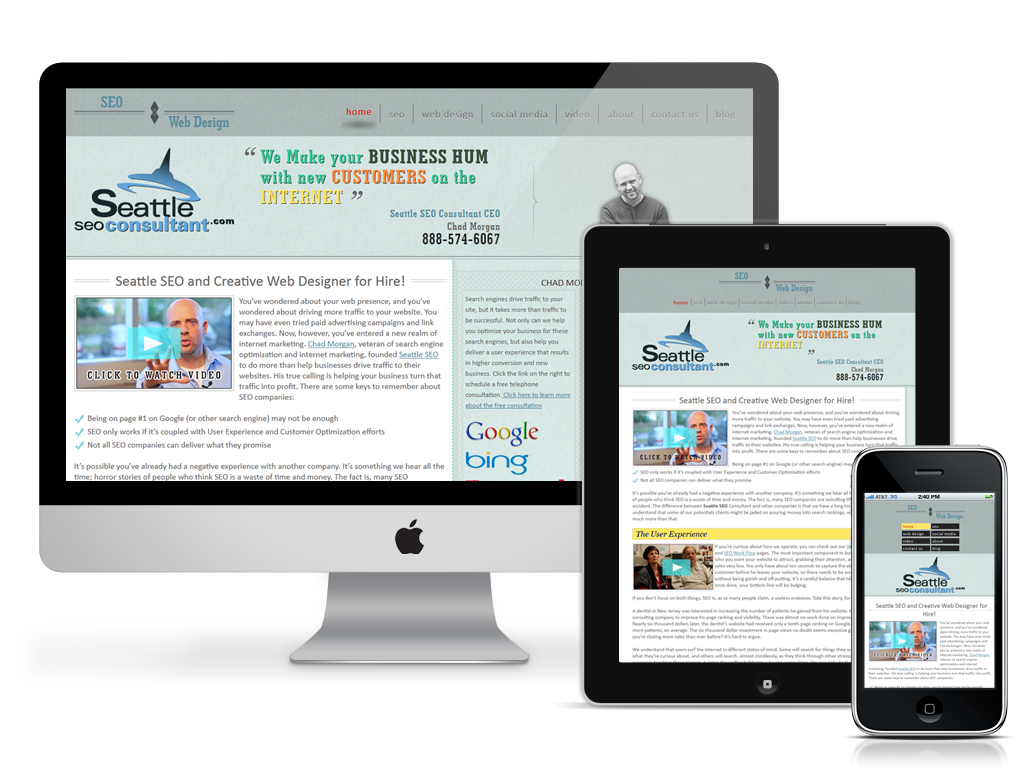Having trouble converting site visits to purchases? Make sure your website is optimized for mobile use. The wrong mobile design can drive willing customers away from your business.
There are several studies which are predicting that with in the next five years the majority of connections to the Internet will take place on mobile devices rather than traditional laptop or desk top interfaces. The time to begin optimizing is NOW.
Marketingland reports that Time Warner Cable recently increased its mobile conversion rate to 10% of all digital sales, in just a few short months. Through savvy mobile design, smart phone visitors are able to easily click on a button at the top of the page to order services by phone, or sign up for service online with just three short clicks. A Kindle Fire visitor is presented with the full version of the site, which is readily usable on the Fire’s larger screen. This type of adaptive mobile design is ideal for enhancing your mobile conversion rate, when device detection works properly.

Click here to check your site for responsive design and mobile friendly compatibility
Contrast this with the mobile user experience for Comcast’s Xfinity site. Kindle Fire users receive a notice that their browser is out of date, and are prompted to upgrade. On an iPhone 4, users are directed to a drastically edited mobile version of the site, at which service requests are relegated to the bottom of the page where the user must scroll to see that menu option.
Upon clicking on the “Add new services” option, mobile users land on a blank page. No phone number appears anywhere on the mobile landing page. Although there is an option to email Xfinity from the mobile site, users must first log in or register for an account. An Xfinity customer using his or her mobile device to attempt to purchase additional services is likely to give up in frustration.
If you would rather not maintain several different versions of your site and worry about the possibility of inaccurate browser detection experiences, consider choosing an overall site design that is responsive. Responsive designs will resize down all images and content to device appropriate sizes and layouts.
Most popular content management systems such as WordPress and Drupal offer a variety of responsive themes and layouts to choose from as the base for your site design. (Because you would never just use a standard theme out of the box, right?) Alternatively, if you choose to stick with a fixed-width site, make sure your site is readable at the dimensions of a standard smart phone screen, and that users are able to quickly locate your business phone number.
Mobile support does not have to be mysterious, but it does have to be well thought out. With the right mobile design you can start converting your mobile visits to purchases, today.
Mobile is only a part of your web presence and a single component in an overall Internet marketing strategy. Social Media and traditional (if constantly changing) SEO strategies are very important as well.
To maximize the effectiveness of your overall Web marketing strategy, contact Seattle SEO Consultant today and schedule a free 30 minute consultation with Chad Morgan today..

Comments